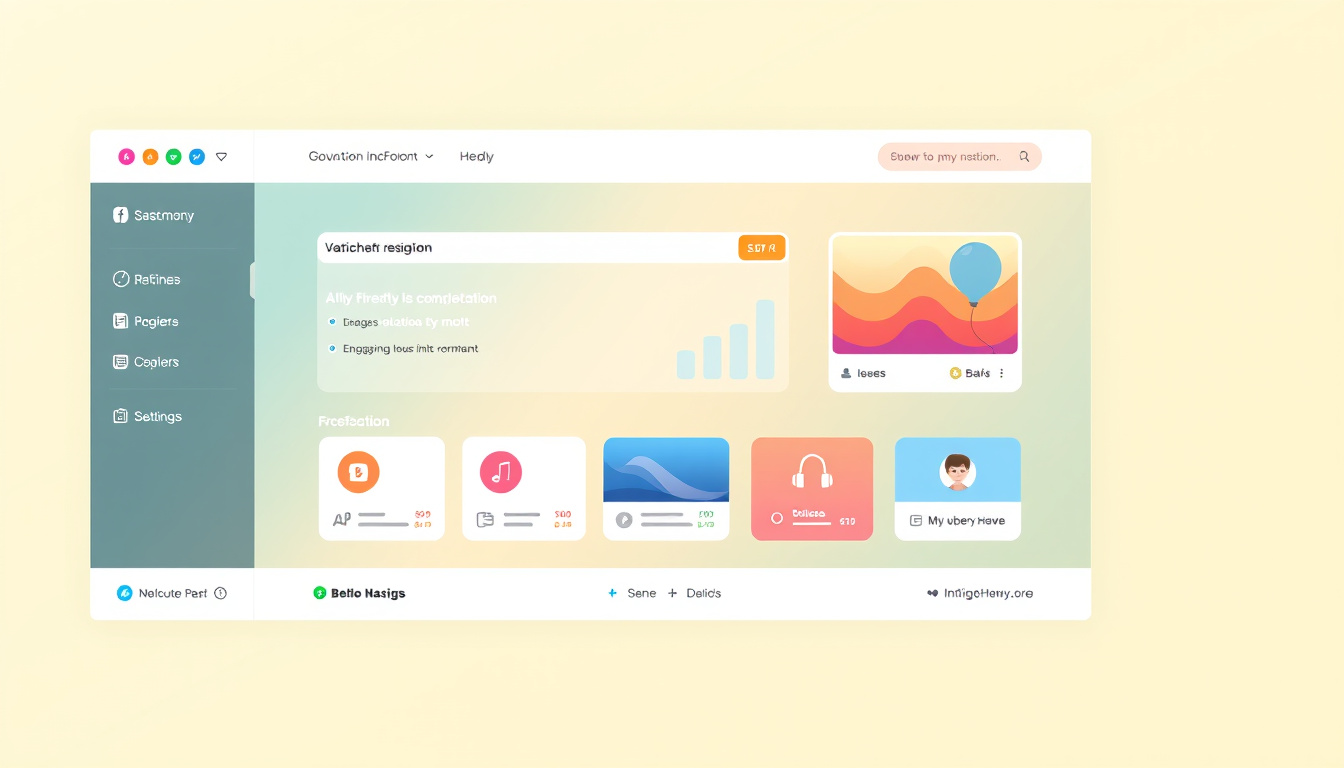In the fast-paced world of digital design, User Interface (UI) consistency has emerged as a pivotal principle that can significantly enhance user experience across various platforms. Consistent UI ensures that users can navigate seamlessly, leading to better engagement and satisfaction. This article explores the significance of UI consistency, its benefits, common practices for achieving it, and tips for implementing it effectively.
Understanding UI Consistency
UI consistency refers to the uniformity in design elements and behaviors throughout an application or across multiple platforms. It encompasses visual aspects like typography and color schemes, as well as functional elements such as button actions and navigational patterns. When elements appear and behave predictably, users can interact with the application more intuitively, fostering a sense of reliability and control.
Visual and Functional Consistency

-
Visual Consistency: This includes maintaining a uniform color palette, typography, spacing, and layout throughout the application. For instance, if hyperlinks are represented in blue text, they should be blue across the entire interface to establish a visual language that users can easily recognize.
-
Functional Consistency: Involves ensuring that similar actions yield similar results. For example, tapping a button should consistently execute the same function, regardless of where it appears in the application. This helps users form accurate expectations about how the interface operates.
-
Internal and External Consistency: Internal consistency pertains to the uniformity of design within a single application, while external consistency relates to ensuring that design elements align with other applications in the same ecosystem or broader brand family.
The Benefits of UI Consistency
Establishing consistent UI design offers a myriad of advantages:
-
Increased Usability: A consistent design lowers the cognitive load on users, making it easier for them to learn and navigate. Familiar patterns reduce confusion and the need for extensive retraining when users encounter new parts of the interface.
-
Enhanced Trust: When users experience a reliable interface, they feel more secure in using the application. Their confidence grows as they understand that they can predict outcomes based on previous interactions.
-
Reduced Errors: By rooting out inconsistencies, designers can minimize mistakes users might make due to confusion over varying functions or pathways within the app.
-
Streamlined Scalability: Consistent UI design supports future updates and new feature implementations more seamlessly, as developers can layer new functionalities onto a well-established framework without disrupting user experience.
-
Brand Recognition: Maintaining a cohesive visual style across products reinforces brand identity. Users are more likely to remember and trust a brand that appears unified in its offerings.
Best Practices for Achieving UI Consistency
To cultivate a consistent UI, consider the following strategies:
-
Develop a Style Guide: A comprehensive style guide will serve as a roadmap for all design practices, detailing color schemes, typography, layout grids, and interaction patterns. This ensures that every team member adheres to the same visual standards.
-
Utilize Design Systems: Robust design systems like Google’s Material Design offer templates and standardized components that promote consistency. By leveraging these frameworks, designers can efficiently create interfaces that align with recognized best practices.
-
Foster User-Centric Design: It’s essential to keep end-users in mind throughout the design process. Regular user testing and feedback can help identify inconsistencies and areas for improvement, ultimately leading to a more user-friendly experience.
-
Integrate Component Libraries: Utilize component libraries that contain reusable UI elements. Such libraries simplify implementation and maintain design uniformity across different parts of the application.
-
Adhere to Platform Guidelines: When designing for mobile apps or web applications, familiarize yourself with the specific UI guidelines provided by device platforms (e.g., iOS Human Interface Guidelines or Android’s Material Design). This ensures that your app not only meets user expectations but also aligns with platform conventions.
Conclusion
Achieving UI consistency is more than just a design preference; it is a necessity that impacts user satisfaction and app success. By implementing consistent visual and functional elements, reducing cognitive burdens, and fostering trust through predictable interactions, designers create interfaces that users enjoy and return to. As the digital landscape continues to evolve, focusing on UI consistency will remain a crucial component in the quest for optimal user experiences. Keeping users at the forefront of design initiatives will ensure that interfaces are not only visually appealing but also deeply engaging and functional.
—————————————————-
Are you tired of the 9-to-5 grind? Unlock the secrets to online income generation. GetIncomeNow.com is your roadmap to financial freedom. We reveal proven methods, insider tips, and cutting-edge strategies to help you achieve your income goals. Start your journey to financial independence today!
